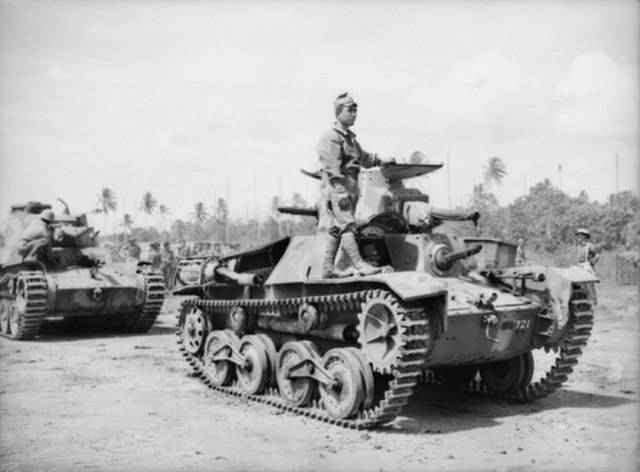The BT tank was one of a series of Soviet light tanks produced in large numbers between 1932 and 1941. They were lightly armoured, but reasonably well-armed for their time, and had the best mobility of all contemporary tanks. The BT tanks were known by the nickname Betka from the acronym, or by its diminutive Betushka. The successor of the BT tanks was the famous T-34 medium tank, introduced in 1940, which would replace all of the Soviet fast tanks, infantry tanks, and light tanks in service.
BT-5 side view
A-32 prototype undergoing tests in 1939. Notice 76.2 mm L-10 gun and the presence of five road wheels.
BT-7 tanks in the Battle of Khalkhin Gol
A Soviet BT-7 model 1935 destroyed during the 1941 German offensive
A light tank is a tank variant initially designed for rapid movements in and out of combat, to outmaneuver heavier tanks. It is smaller in size with thinner armor and a less powerful main gun, tailored for better tactical mobility and ease of transport and logistics. They are primarily employed in the screening, armored reconnaissance, skirmishing, artillery observation, and supplementing landing operations in a fire support role of expeditionary forces where larger, heavier tanks are unavailable or have difficulties operating safely or efficiently.
The M24 Chaffee, an American light tank used during the later part of World War II, and several subsequent conflicts
US Army operating Renault FT tanks
British light tank Mk V
Type 95 Ha-Go tanks in New Britain following the Japanese surrender








